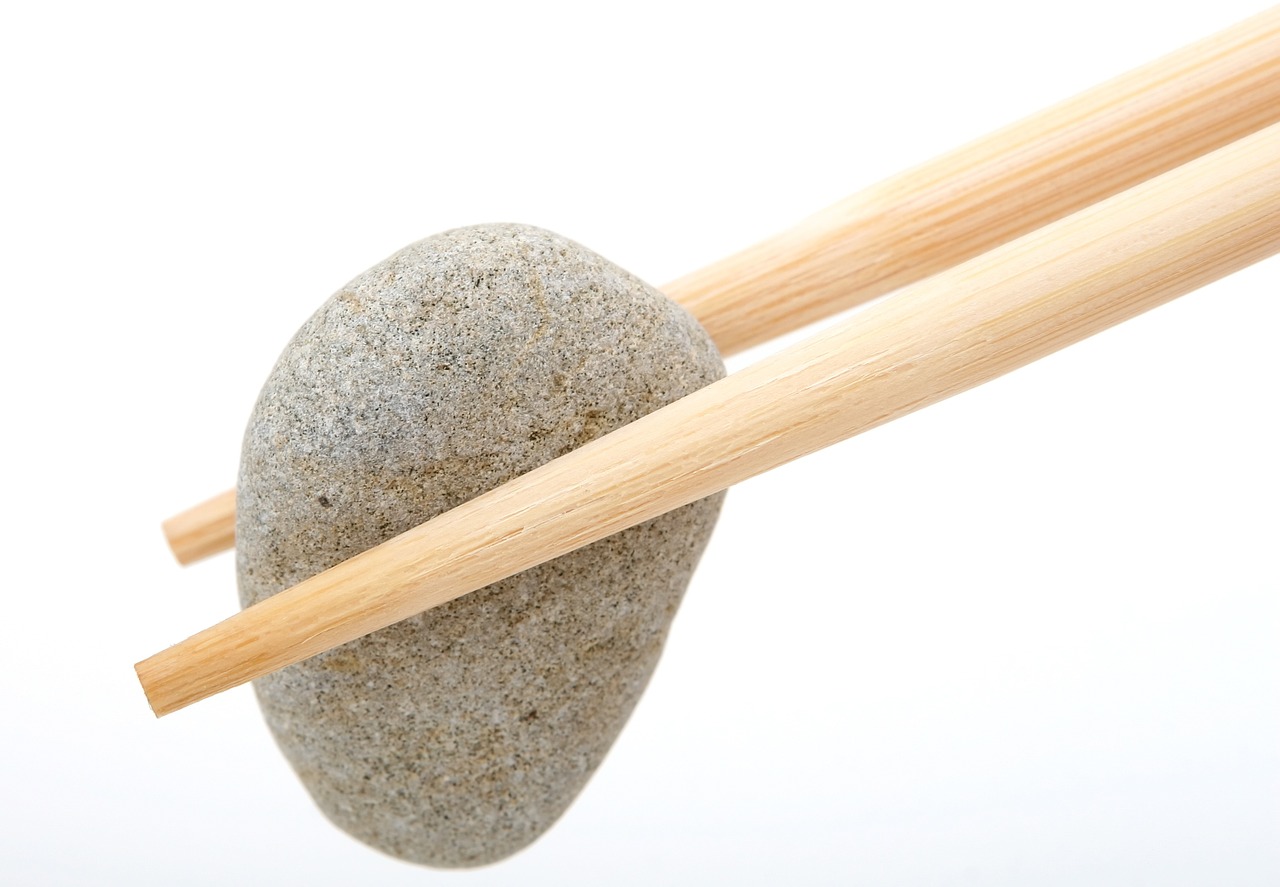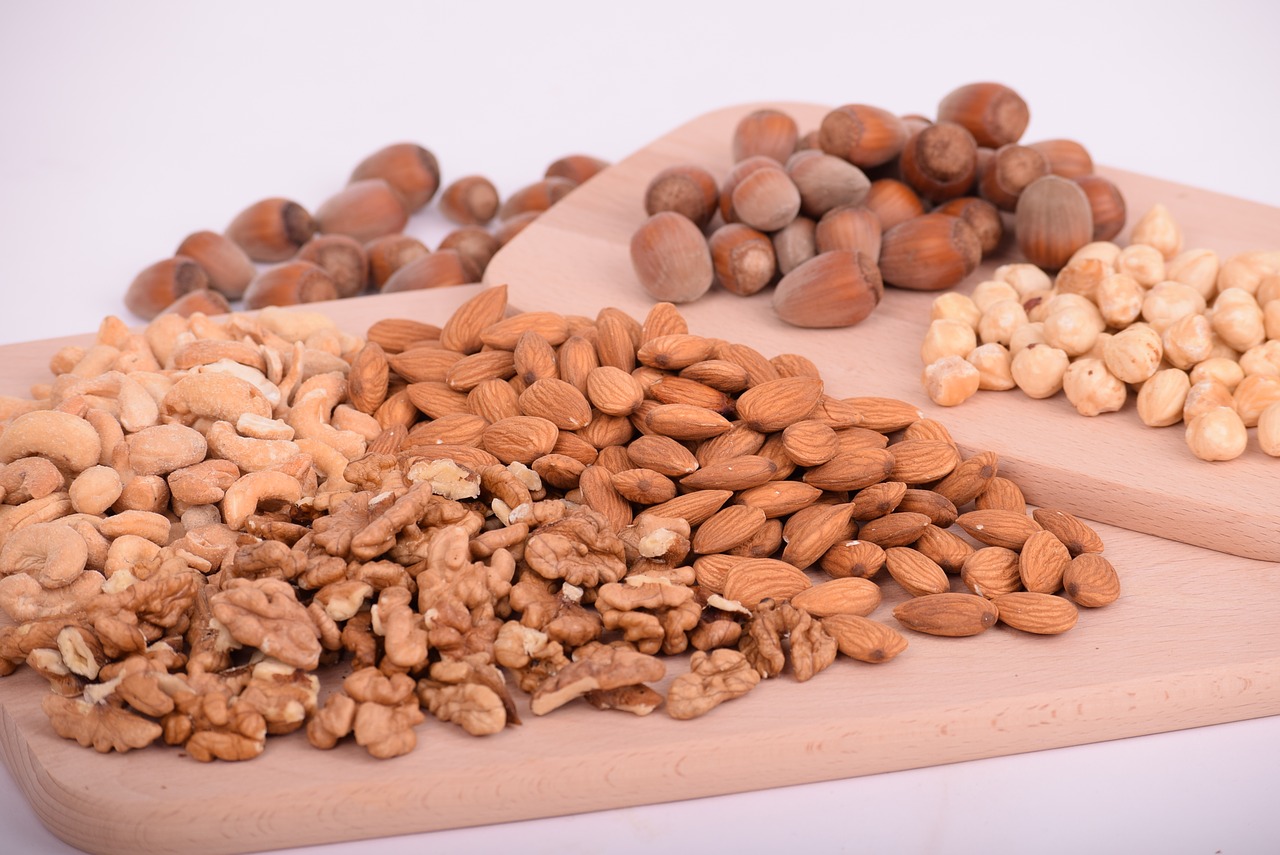You’ve probably seen the phrase “high in fibre!” on food labels. Advertisements like this imply that diets high in fibre must be helpful, but why? Isn’t it true that fibre is critical? Is it present in sufficient quantities in my diet? Which foods contain a large amount of fibre?
This post will address each of these points in order to assist you in meeting your daily fibre requirements. This knowledge is critical for nutrition coaches, sports nutritionists, and health enthusiasts in general!
FOODS HIGH IN FIBER (12 FOODS)
I’m not sure about you, but I used to believe that fibre was only present in bran products. Perhaps it was the food marketing I was exposed to, but I came to believe that the only way to obtain fibre was to consume cardboard-like substances. Fortunately, this is not the case! Here is a collection of vibrant meals that are strong in fibre and delicious.
The following foods are rated by their fibre content, from highest to lowest, based on an average serving size. While this list is not exhaustive, it will provide you with a solid starting point as you plan your weekly meals.
1 CHIA SEED (10G PER 1 OZ)
Chia seeds are an excellent source of fibre and omega-3 fatty acids, and they also include a little amount of protein. Toss them into a salad, combine them into a smoothie, or make chia seed pudding for a sweet treat!
2 RASPBERRIES (8G PER 1 CUP)
These low-calorie, high-vitamin C berries are a must-try. They can be eaten alone or topped with your favourite protein-packed yoghurt for a nutritious snack.
3 LENTILS OR BLACK BEANS (7.5G AND 7G, RESPECTIVELY, PER 1/2 CUP COOKED)
Lentils and black beans are a good source of fibre, protein, and vitamins and minerals like folate, iron, potassium, and zinc.
4 SPAGHETTI WITH WHOLE WHEAT (6G PER 1 CUP, COOKED)
Although spaghetti is sometimes associated with a heavy and rich meal, it can also be a nutritious alternative. Combine a tomato-based sauce with chopped non-starchy vegetables (such as onion, zucchini, bell peppers, or yellow squash) and a lean ground protein to create a vibrant, balanced meal (such as chicken or turkey).
PEAR No. 5 (5.5G PER 1 MEDIUM PEAR)
A medium-sized pear contains less than 100 calories and is high in vitamin C, potassium, and fibre. Additionally, don’t forget to consume the skin!
SIZE SIX BROCCOLI (5G PER 1 CUP CHOPPED)
Broccoli is a cruciferous vegetable that is an excellent source of vitamins C, K, iron, and potassium. Additionally, it has more protein than other vegetables, including 2.5 g per cup.
7 OATMEAL GRAINS (5G PER 1 CUP, COOKED)
Oatmeal is an easy, quick breakfast option. Add some chia seeds (for healthy fats and even more fibre!) and potentially some protein powder to make it a complete breakfast.
8 COOKED GREEN PEAS (4.5 G COOKED GREEN PEAS PER 1/2 CUP)
Green peas are a high-vitamin A and vitamin K legume. Green peas work well in stir-fries and as a side dish.
9 APPLE (SKIN REMAINING) (4.5G PER 1 MEDIUM APPLE)
Apples are a convenient on-the-go snack because they do not require refrigeration. Apples are a good source of fibre and vitamin C.
10 SKINLESS BAKED POTATOES (4G PER 1 MEDIUM POTATO)
Although baked potatoes have a bad reputation, when they are not heaped with butter and sour cream, they can be a healthy option. A basic baked potato is a good source of vitamin B6, potassium, and vitamin C. If desired, substitute a little amount of butter (1 tsp) for the sour cream and plain Greek yoghurt for an added protein boost.
11 BRUSSELS SPROUTS (4G PER 1 CUP, BOILED)
One serving of this cruciferous vegetable contains 124 percent of the daily requirement for Vitamin C. Consider roasting them, shredding them in a stir-fry, shredding and raw in a salad, or steaming them directly from the freezer in the microwave!
12 ALMONDS (3.5G PER 1 OUNCE, OR 23 NUTS)
Hungry? Enjoy a handful of almonds and a little slice of fruit! A single serving of 23 almonds contains healthy fats, 6 grammes of protein, Vitamin E, Manganese, and Magnesium.
Along with the items above, fibre can be found in packaged foods such as whole-grain goods. By reading labels, you can keep track of how much fibre you ingest on a daily basis. Food monitoring software such as MyFitnessPal may help keep track of your daily fibre intake in addition to your overall calorie and nutritional statistics.
To avoid stomach discomfort, it is important to gradually increase your fibre intake while drinking plenty of water.
For additional information on almonds, see The Health Benefits of Almonds.










